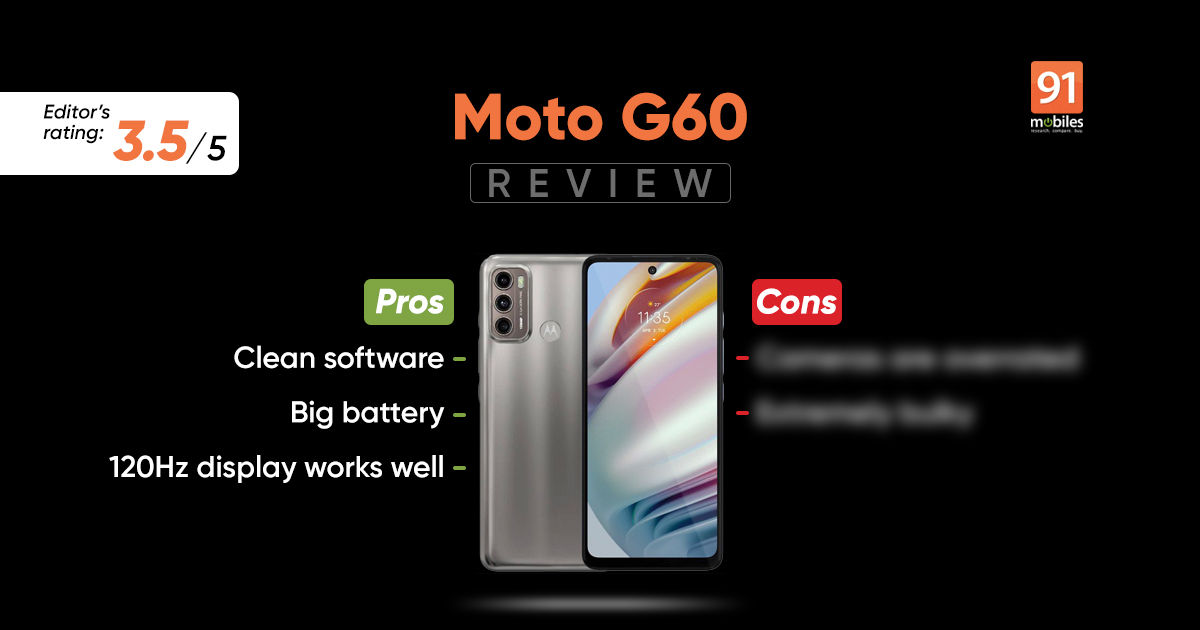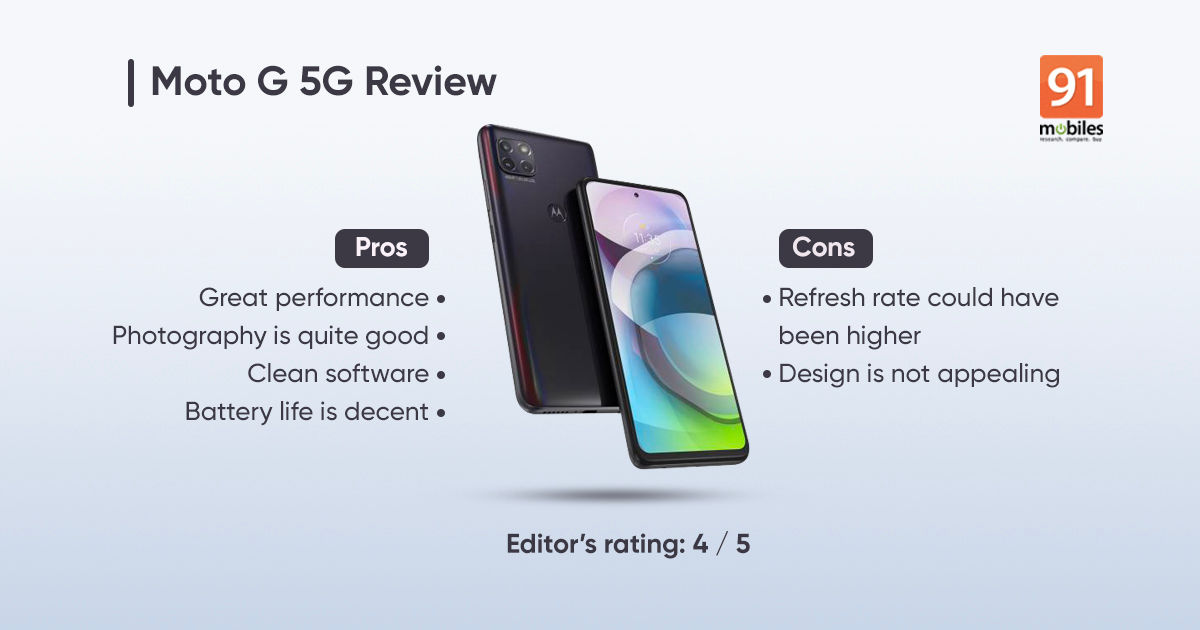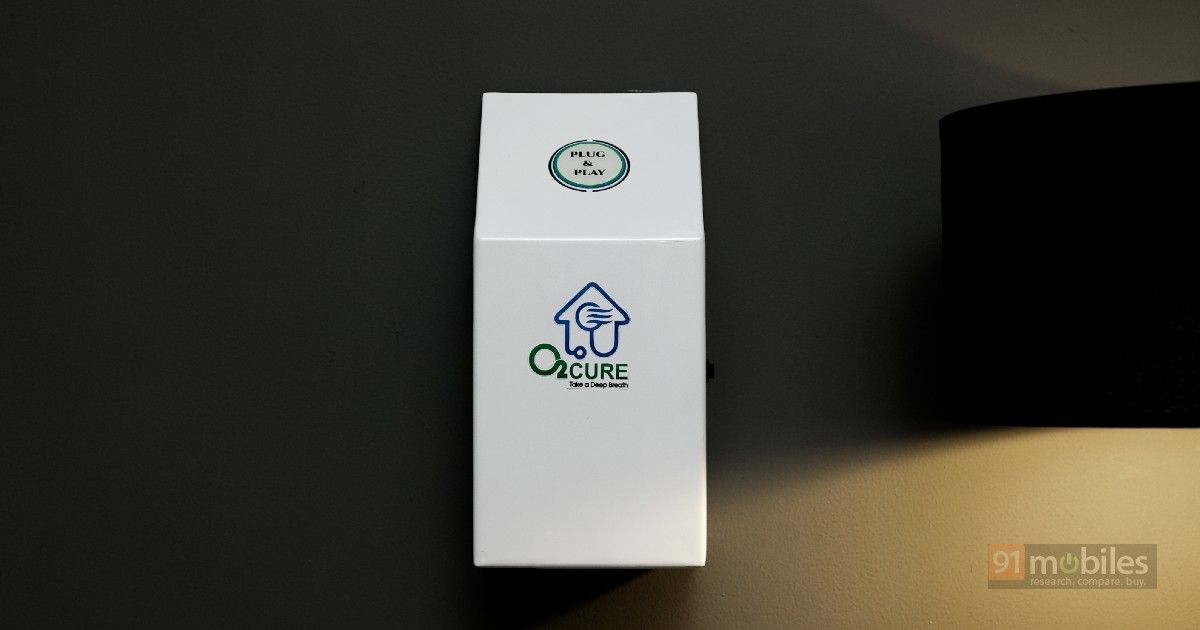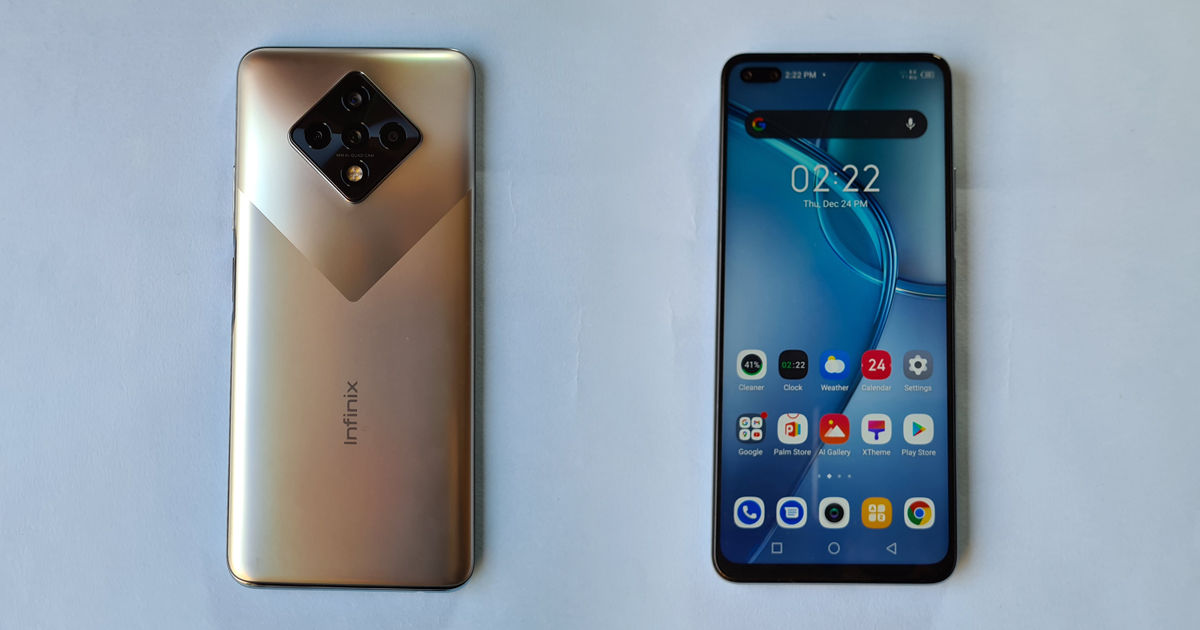Moto G60 review: clean software, big battery, not-so-great camera

Motorola is revamping its G series with the addition of two new launches that come in the form of the Moto G60 and G40 Fusion. The latter is being marketed as the cheapest phone running on the Qualcomm Snapdragon 732G platform. This review concerns the former which brags of a 108MP primary camera at a price of Rs 17,999. Even so, the Moto G60 can be considered slightly on the more expensive side as far the Moto G lineup is concerned. The Lenovo-owned smartphone brand does retain its signature clean software experience but the more important question is whether the camera system is worth the hype. The Realme 8 Pro (review) also boasts of a 108MP camera setup in the sub-Rs 20,000 segment, as does the Redmi Note 10 Pro Max. Does the Moto G60 warrant a preference over the two most dominant brands in the budget segment? Let’s find out more in this review.
Table of Contents
Verdict
The Moto G60 is a phone that would’ve been a noteworthy recommendation in the sub-Rs 20,000 segment had it not been for the underwhelming camera quality and a rather bulky design. The phone does trade blows in quite a few aspects of the smartphone experience with the Redmi Note 10 Pro as well as the Realme 8 Pro. But as an overall package, I think it leaves a bit to be desired.
The lowdown
Sticking to its ethos of making robust devices, Motorola has designed the G60 as a brick of a unit. Given its weight of 225g, peace be upon those who accidentally have the phone fall on their face while lying in bed. The gigantic 6,000mAh cell plays a part in the G60’s nearly 1cm thickness. The upside to this is definitely the durability on offer and the plastic unibody design that should keep the phone from shattering. The Dynamic Gray colour option I’ve been sent is slightly at odds with the blue-ish gradient present on the camera housing and that triggers my OCD a bit. Now I wouldn’t say that the back is unattractive but the glossy look does look a bit dull and gathers a significant amount of smudges. To prevent scratches and smudges, Motorola provides a clear silicone case. The triple-camera setup is placed vertically on the top left. For the rest of the phone, it is clear that the ubiquity of Moto’s design language is maintained across the G60. This includes the physical fingerprint sensor on the back with the Moto-logo embossed on it and a textured power button along with a dedicated Google Assistant button located a little higher than I would’ve wanted. The headphone jack makes to the top of the phone while at the bottom there is the standard USB-C port and speaker grille.
Talking about the display, you are getting a massive 6.8-inch IPS LCD panel that offers 120Hz refresh rate and FHD+ resolution. A punch hole is present on the top centre of the device for the selfie shooter. The bezels surrounding the panel are quite substantial. Viewing content on the device is not as great as on the AMOLED panels of the Redmi Note 10 Pro, but apart from smartphone purists, very few will be disappointed with the G60’s screen. The off-angle colour shift is minimal and the brightness levels are good enough for comfortable outdoor viewing. The refresh rate can be adjusted to switch dynamically between 60Hz and 120Hz. There is WideVine L1 certification for viewing HD content on OTT platforms as well as HDR10 support.
The main highlight on the Moto G60 is definitely the 108MP camera sensor which is part of the triple-lens setup. We do really live in strange times when sub Rs 20,000 phones can harbour such high-resolution cameras. However, slapping more megapixels on a camera doesn’t necessarily make it good and the clearest example of this is the Moto G60. In the broadest sense of the word, the Moto G60 takes decent pictures which are pixel-binned 12MP shots with average detailing and acceptable colour accuracy. Dynamic range is decent and the sensor’s exposure handling is slightly faulty but generally works well. However, the same can also be said for the 48MP shooter on the Redmi Note 10. In fact, in terms of actual detail and colours, the Note 10 actually shoots better photos while being significantly cheaper. The focus in shots taken by the G60 is soft and shows a lot of oversharpening. Shutter speeds are also not fast enough to capture moving objects. Apart from that, there is the UHD 108MP mode which adds only a slight amount of extra details but takes up nearly 5-7 times the size of a regular photo.
Ultra-wide photos are taken by the 8MP sensor which doubles up as a macro shooter as well. I was satisfied with the quality of the shots, but the colours were slightly more punchy than I would’ve liked. Obviously, the details were lower than what you can expect from the main sensor, which itself tends to have a soft focus. The macro photos were quite good partly due to the higher resolution of the sensor. Lastly, there is a depth shooter which makes it easier to separate the subject from the background. The attempt is mostly a success with good edge detection and a nice soft blur going easy on the eye. Nighttime photography on the Moto G60 is not up to the mark. Details are absent in low-light with a ton of oversharpening happening. Shadows are not brought out prominently and there is a lot of noise in the night sky. The dedicated Night Mode takes an unusually long time but does rectify some of the niggles. The 32MP selfie shooter offered good facial details but quite a few times there was an unusual yellow tint across the situation Quite frankly if you are looking for a good camera performance, you should consider looking at the similarly priced Redmi Note 10 Pro.
The Moto G60 has the Snapdragon 732G running under the hood which is quite adequate at managing your day-to-day tasks without much of a hiccup. Benchmarks put the phone through its paces and yield favourable results. On Geekbench 5 you get a single-core score of 539 and a multi-core score of 1,412. The Antutu score is slightly on the lower side at 241,808 as compared to other 732G powered devices like the Note 10 Pro Max which has a score of 281,443. In all likelihood, the average smartphone user will able to breeze through any kind of multi-tasking needs and running heavy apps.
The gaming experience on the phone was moderate with both Graphics Quality and Frame Rate options on Call of Duty Mobile having the High option present. While there was no lag initially but the frames started dropping considerably after an hour of gaming. The single 6GB RAM variant is quite ample for keeping several apps open in the background and it is paired with 128GB of storage. Storage is expandable via the hybrid SIM slot till 1TB. The fingerprint sensor is quite fast for authentication and the speaker at the bottom works reasonably well too, although there is a slight crackling when the volume is turned to maximum. I faced no noticeable drops in call quality while on Noida’s Jio network with the speaker and mic working as expected.
Moto’s MyUX is very close to Google’s stock Android and runs on the latest Android 11. The lack of bloatware and ease of usage is quite welcome. The usual Digital Wellbeing and Parental controls are present in the Settings menu and as usual, the Google Feed is integrated on the home screen. Apart from that Motorola also offers up to two years of software updates which guarantee at least the next version of Android on the device.
On the battery front, Motorola has included a giant 6,000mAh cell inside the phone which can last for a couple of days if used judiciously. With some heavy usage, the battery life drops to about one and a half days. I got about 7 hours of screen-on time which I believe is more than sufficient for any phone. Charging the phone takes time via the 20W brick provided inside the box, about 2 hours to be exact. On PCMark’s Battery 2.0 test, the phone achieved a score of 21hr 28min, which is slightly lower than what I would’ve expected from a 6,000mAh cell.
Final verdict
The Moto G60 is not a bad phone per se but it is banking on the wrong features to woo customers. The less-than-impressive 108MP sensor and bulky design is not going to dazzle anyone. However, the long battery life and clean software are definitely big plus points in the Moto G60’s arsenal. The display could shed some bezels and an AMOLED panel would definitely have helped, but the G60’s LCD panel is good in its own right. I would recommend the Redmi Note 10 Pro as a more wholesome smartphone experience than the Moto G60 but if you prefer clean software and long battery life then the latter serves your purpose. The Realme 8 Pro is my choice for an affordable 108MP camera phone. If performance is something that you are after then the POCO X3 Pro (review) is the best option in its segment with the Qualcomm Snapdragon 860 powering it.
Editor’s rating: 3.5 / 5
Pros
- Clean software
- Big battery
- 120Hz display works well
Cons
- Cameras are overrated
- Extremely bulky







